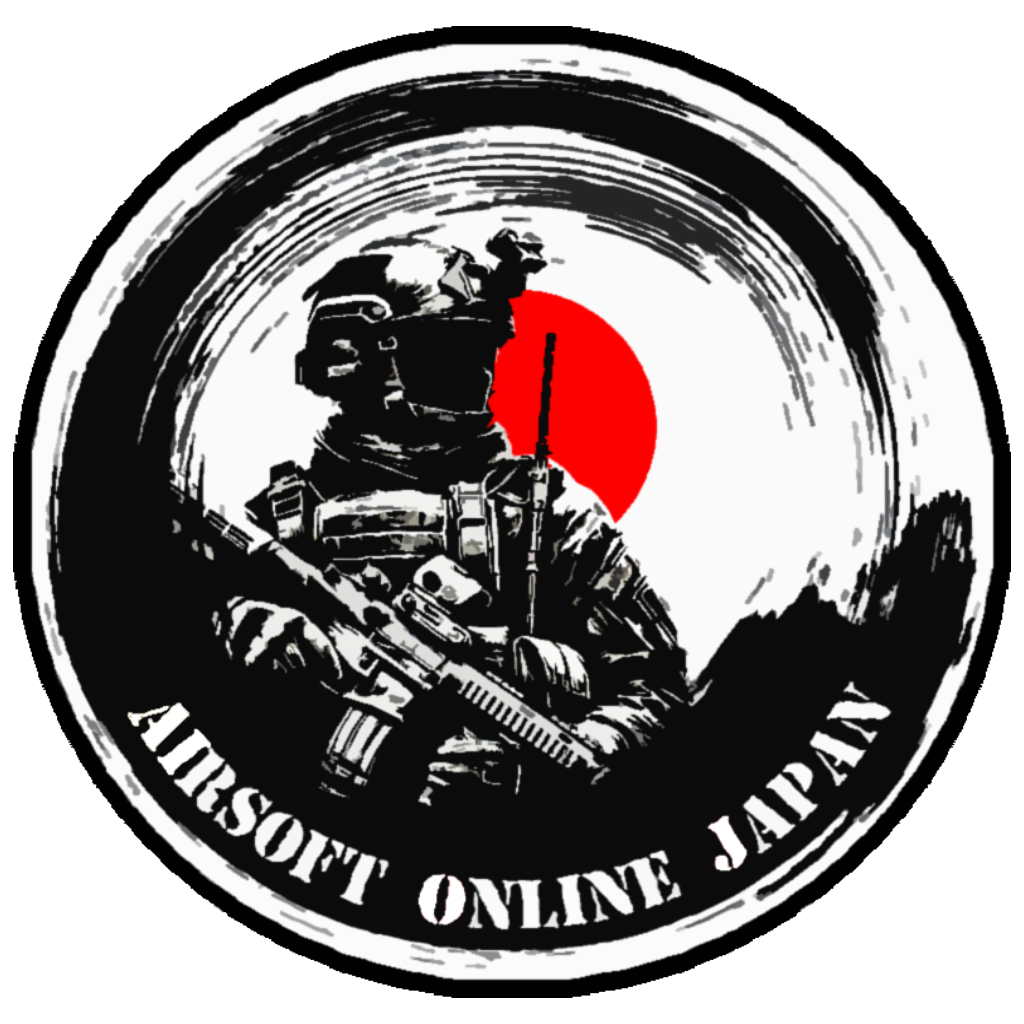Importing an airsoft gun into Japan is a highly regulated process due to strict firearm and replica laws. Here’s a breakdown of the steps and considerations:
Legal Requirements in Japan
- Airsoft Gun Specifications:
- The airsoft gun’s muzzle energy must not exceed 0.98 joules. Guns exceeding this are classified as firearms and are illegal in Japan.
- Fully automatic guns are allowed but must still comply with the energy limit.
- Realism Restrictions:
- Guns that are visually indistinguishable from real firearms may require additional markings or modifications to make them compliant.
- Handguns, pistols and revolvers cannot be made of metal.
- Customs Regulations:
- Airsoft guns are treated as “replica firearms” and require clearance from Japanese Customs.
- If the gun appears realistic, it may undergo stricter scrutiny.
- Ownership Rules:
- You must be at least 18 years old to own an airsoft gun in Japan.
- Some prefectures may have additional restrictions.
Step-by-Step Import Process
- Research the Airsoft Gun:
- Confirm that the airsoft gun complies with Japan’s muzzle energy limit.
- If needed, request the manufacturer or seller to provide detailed specifications. Ask for information such as muzzle velocity and joule ratings. Ensure these specifications are translated to Japanese.
- Ask an airsoft gun shop to measure the muzzle velocity. Request a certificate or document showing the velocity does not exceed 0.98 joules.
- Contact Japanese Customs:
- Before importing, consult with Japanese Customs to confirm the documentation required, as these can change often.
- Check for updates or specific restrictions that might apply.
- Arrange for Modifications (if necessary):
- Modify the gun to ensure compliance with the 0.98 joule limit before shipment. Some sellers offer customization services. Be aware that just one shot over 0.98 joules will render the gun illegal and it will be confiscated.
- Include documentation proving the modifications (e.g., a certificate or test results). Having this document would make the process much easier.
- Purchase and Shipping:
- When purchasing the gun, ask the seller to provide detailed invoices and a specification sheet.
- Use a reputable shipping company familiar with international airsoft regulations.
- Declare the airsoft gun accurately when shipping to avoid seizure.
- Customs Clearance in Japan:
- Provide the required documents, which typically include:
- Invoice and proof of purchase
- Specification sheet (indicating the gun’s muzzle velocity and energy output)
- Any certificates showing compliance with Japanese regulations
- Be prepared for Customs to test the airsoft gun.
- Provide the required documents, which typically include:
- Pay Import Duties:
- The gun will be subjected to taxation. A receipt of purchase or proof of purchase showing the price will be needed.
- Airsoft guns are subject to import duties. Rates depend on the item’s declared value. The usual rate is 10% of the gun’s value. If you do not have a receipt or proof of value, the gun will be searched. It will then be taxed based on the highest price found after conversion to Japanese yen.
- Inspection by Local Authorities:
- After clearing Customs, local authorities might require you to register the airsoft gun or confirm its compliance before use.
Tips for Smooth Importation
- Certify Everything: Japan is a country of certificates and documents. Having a valid certificate is essential for a smooth process.
- Test Before Shipment: Request a test report from the seller or a shop to confirm the gun meets Japanese standards.
- Know Prohibited Features: Avoid guns with features that mimic real firearm functions too closely. They could be classified as illegal.
- Translations: Have all documents translated to Japanese.
Penalties for Non-Compliance
Failing to comply with these laws can result in:
- Seizure of the airsoft gun (you will not get it back)
- Fines
- Potential criminal charges

